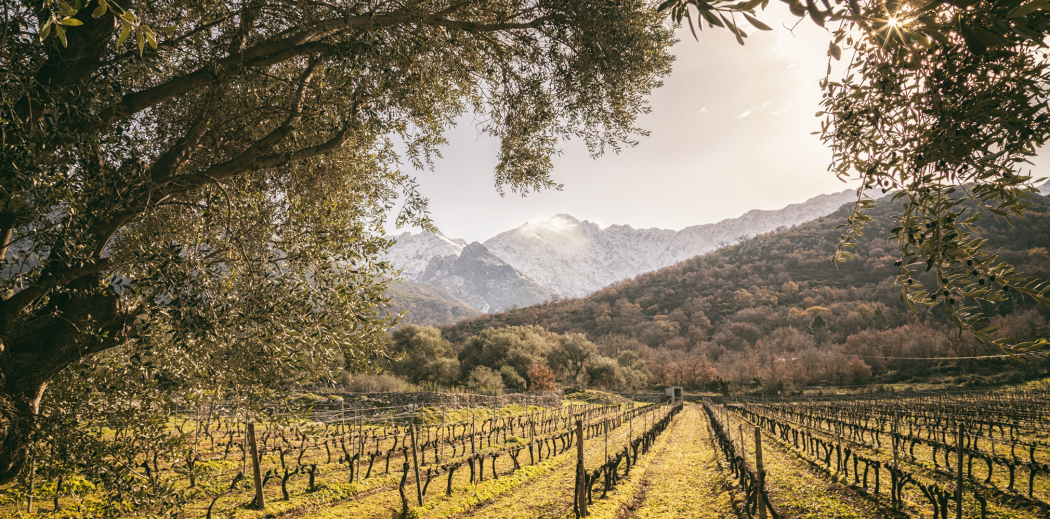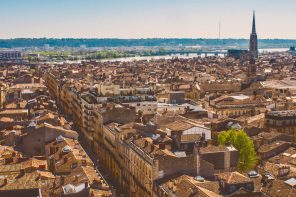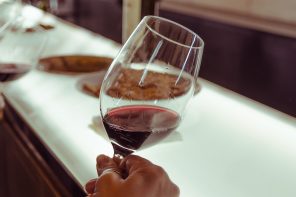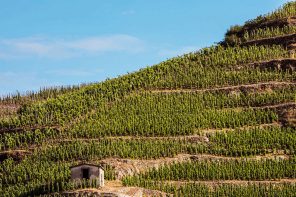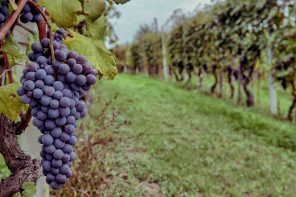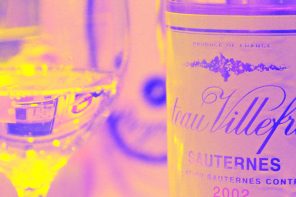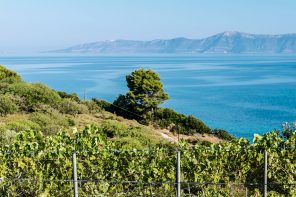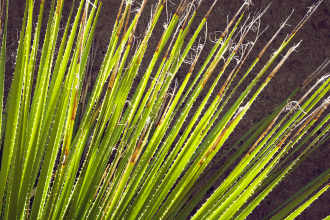What do French wines and islands have in common? No, it’s not a riddle. Corsica, an island in the Mediterranean Sea, is far from your average French wine destination and doesn’t care which Bordeaux bank you’re vacillating between. However, to write it off is to miss out on a wide range of unique varietals that pair perfectly with Mediterranean fare and a sea breeze.
Though now one of France’s 13 regions and the birthplace of Napoleon Bonaparte, the area is still marked by its Italian history, having been ruled by the Republic of Genoa from 1284 to the mid 18th century. The influence lingers in the wine: a key grape is Nielluccio, believed to be related to Tuscany’s Sangiovese, with another main red being the island’s unique Sciacarello (“the grape that bursts in the teeth,” or the “Corsican pinot noir”). In terms of white, Vermentino (or Malvoisie), most comparable to full-bodied Chardonnay, reigns.
It was in the mid-20th century that Corsica’s wine industry was more radically disrupted, setting the stage for its modern iteration. Not only did phylloxera dealt it a serious blow, but over ten percent of the Corsican population was killed in World War I, leaving the vineyards empty and abandoned. In the late 1950s, French colonial rule ended and sent an influx of wine growers from North Africa descended on the area with lofty ambitions for Corsica’s terroir. It turned out that lofty ambitions could plant vineyards, but they couldn’t make good wine. The varietals they brought – mainly Carignan, Cinsault, Grenache, Syrah, and other grapes that fared well in southern France – were planted in mass quantities in the wrong areas. Yet the cheap price tag was appealing enough that the best Corsican wines became nearly impossible in favor of what was subpar.
Then, in the 1980s, winemakers nostalgic for Corsica’s native varietals edged their way into power, starting to tear out the French vines. Small quantities of extraordinary grapes were planted in their place, a trend that continues to persist today. As there’s no VAT on local wines, so you can pick up very wallet-friendly bottles from the cellars.
Winemakers have also been working to nurture indigenous grapes, including Biancu Gentile, which is bitter and citrusy in the south, and softer when grown in the north. Other rare and unusual, but appealing, varieties include Abbatucci, Genovese, Codivarta, Carcaghjolu and Riminese. A big part of the selling point? F. Scott and Zelda have nothing on the coupling between these bottles and classic Corsican cuisine. (Think seafood, robust lamb dishes and charcuterie.)
If you’re planning a trip, be sure to try Clos d’Alzeto, Domaine de Torraccia, and Enclos des Anges. The former has been planted since the 1800s, while Domaine de Torraccia was begun 45 years ago by Christian Imbert, considered one of the fathers of modern Corsican wine and a pivotal part of defining the official appellation. It’s also the place to go for wines that age well, uncommon in Corsica.
Wherever you visit, expect each vineyard to have a distinct personality. The island is a wealth of different microenvironments: soils include limestone and clay, sandstone and volcanic, and granite, while the climate encompasses both maritime and continental. Frequent rainfall is balanced by hot winds from the south. It’s complicated, like its history, and proudly so, like its people.
Perhaps what Corsica wants you to know is that it may be part of France, but when it comes to wine, it’s a world apart. Corsica’s on its own, and that’s the way it wants to be.

